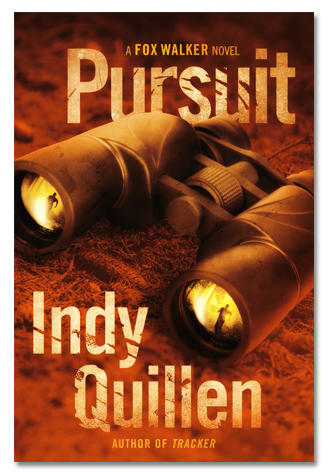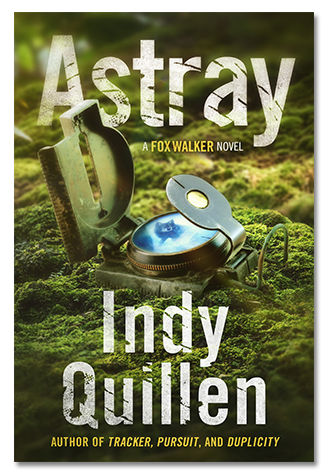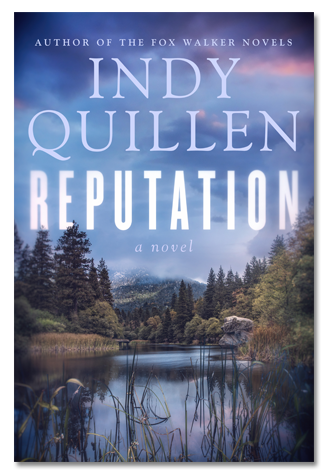Please Enjoy the Following Guest Blog from Betty Brink.
I’ve asked Betty to share her knowledge and experience in the art of making soap.
She graciously provided the following valuable information. I can’t wait to try this myself. Thanks Betty!
Finding my Zen by Betty Brink
Long ago and far away, in my previous “incarnation” as the sole proprietor of a metaphysical bookstore, I was introduced to essential oils and all the benefits associated with them. At the time, I had been living with allergic asthma and had been maintaining a scent free environment for about three years. My life did an about face when I learned that I could tolerate essential oils, and that it was fragrance oils, or synthetics, that I had problems with. Wow! I could smell pretty, like a girl again!
Essential Oils and Soap
 In trying to market essential oils, I quickly found that most people were unsure what to do with them and how to use them. My immediate thought was that I needed to make a product that everyone knew how to use and that was scented with essential oils. Previously I had tried my hand at candle making without much success and essential oils give off the best fragrance when heated, but not when burned. To me, that made soap the go-to product!
In trying to market essential oils, I quickly found that most people were unsure what to do with them and how to use them. My immediate thought was that I needed to make a product that everyone knew how to use and that was scented with essential oils. Previously I had tried my hand at candle making without much success and essential oils give off the best fragrance when heated, but not when burned. To me, that made soap the go-to product!
The local craft store had all the necessary tools and products for melt-and-pour soap making. Melt-and-pour is just what it sounds like. You get solid squares or flakes of soap that you melt, add a scent and allow to harden again. I bought a kit at first, which included soap molds, unscented, clear glycerin soap, some oils and instructions. I quickly substituted the oils included in the kit for my choice of essential oil and the result was quick and easy.
Doing it from Scratch
But me being me, that wasn’t nearly enough. For background, when I first moved out of my mother’s house, I wanted to know how to cook and bake from scratch. I was driven to make a cake from scratch and make real rice, not Minute Rice. So too, with soap. I started researching and learned that soap is the chemical reaction (called saponification) between lye or potassium and oils. The type of oils used determines the hardness and suds content of the soap. Also, glycerin is a natural byproduct of saponification. Natural soaps contain glycerin, even if they are not translucent like the product in my first kit from the craft store.
Learning the Art of Soap Making
 Rather than give step-by-step instructions, I am going to refer anyone interested in making soap from scratch to “The Complete Soapmaker” by Norma Coney. I just couldn’t do any better than she did as far as instructions. While I have bought many soap making books over the years, I keep coming back to this one. The author provides detailed lists of what you need and how to do it, and illustrates it with pictures. Plus, there are enough soap recipes in the book to last a lifetime.
Rather than give step-by-step instructions, I am going to refer anyone interested in making soap from scratch to “The Complete Soapmaker” by Norma Coney. I just couldn’t do any better than she did as far as instructions. While I have bought many soap making books over the years, I keep coming back to this one. The author provides detailed lists of what you need and how to do it, and illustrates it with pictures. Plus, there are enough soap recipes in the book to last a lifetime.
I must have read the instructions 30 times before I tried my first batch of soap. I was so excited when it worked! I went on to try the instructions for hand milled soap and I have to say I had a lot of goo a lot of times before I got that one right! In the end, I found a combination of two base soaps that, when re-melted together, produce a soft, luxuriant, sudsy soap. And then to think I could scent each batch any way I wanted! I was in heaven.
The Benefits
After I made my first batch of soap successfully and saw what it did for my skin, I vowed I would never buy commercial ‘soap’ again.

During my research phase, I Iearned that commercially sold ‘soap’ has been made from petroleum byproducts since World War II. At that time, lanolin, one of the primary ingredients in soaps had been restricted for military use only. Petroleum byproducts were cheap and were substituted for household soap making. In addition, the glycerin, that natural byproduct of saponification, is usually extracted from the ‘soap’ to be used for other purposes. This is why the ‘soap’ (or body bar, as it must be called) we buy in the store tends to dry out our skin. One of the ways to tell the difference is that soap floats, and body bars don’t.
The difference in my skin was dramatic after only two or three uses. I could never go back!
Saving Money – Buying in Bulk
The next step for me was to find cost savings in buying ingredients and oils in bulk, and to make consistent batches time after time that I could market at such a price that they would be profitable for a retail shop and for me. For about six years I tried to make a go of selling soap and I had some moderate success.  I never actually recouped my investment and I finally realized that I could either make soap, or market it (not my strong suit) but could not do both while holding down a full-time job.
I never actually recouped my investment and I finally realized that I could either make soap, or market it (not my strong suit) but could not do both while holding down a full-time job.
That’s when soap making became a hobby for me. Now I make it for myself, my family, and a few close friends. I have played with the ingredients in my base soaps over the years. I’ve changed the formula, consolidated the steps, and then gone back to basics and started all over again. But I’ve never been sorry, when I step into the shower, or wash my hands at the sink, that I make natural soap, scented with delicious combinations of essential oils. I feel like royalty when I lather up the washcloth and my skin thanks me every day.
From Indy:
Thanks again to you, Betty for taking time to share your knowledge and experience with all of us!
I encourage everyone to check out her website, as well.


 Being outside in nature is the most basic part of who I am. Besides gaining knowledge about wildlife, I learn lessons about who I am, and surprise myself about what I am capable of achieving. Nature continually inspires me. It is a part of all my writings, no matter the genre or subject matter.
Being outside in nature is the most basic part of who I am. Besides gaining knowledge about wildlife, I learn lessons about who I am, and surprise myself about what I am capable of achieving. Nature continually inspires me. It is a part of all my writings, no matter the genre or subject matter. 





Great blog post! It answers some of my questions about why many soaps and fragrances don’t seem to agree with me–and it offers some ideas about what might work better.
Thanks for commenting, Ann, and it’s so nice to hear that you found it helpful! I always wanted to try making soap, but it felt intimidating. With this info from Betty, and the recommended book, I think I’m ready to give it a try. ;0)